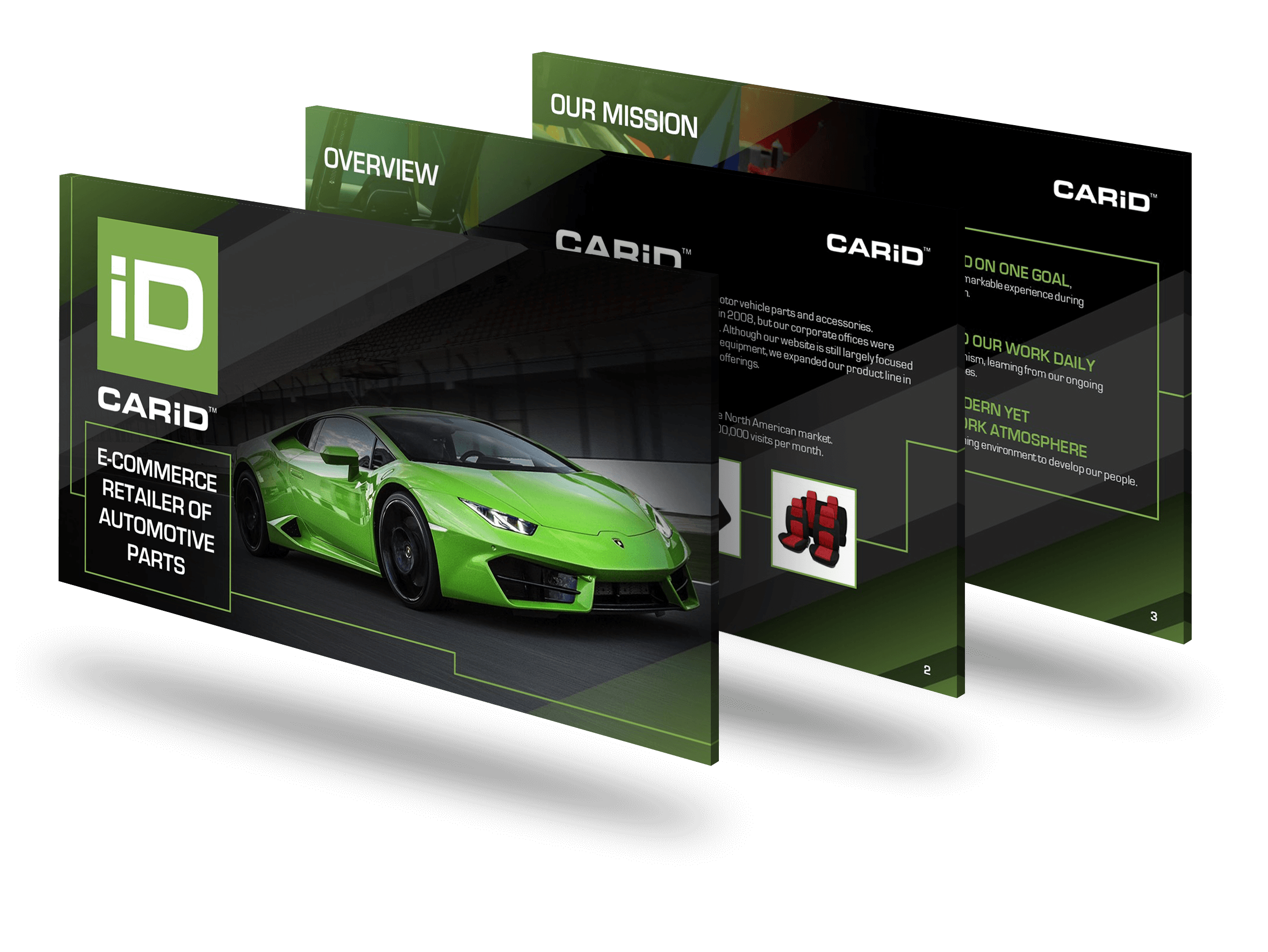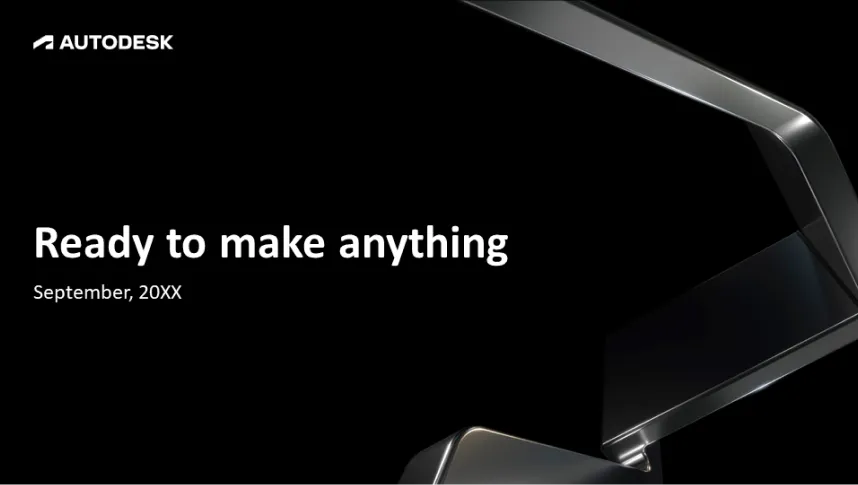Creating a professional PowerPoint presentation design involves several key steps, from planning and structuring your content to using design principles and PowerPoint features effectively. Here’s a comprehensive guide to help you create high-quality presentations:
1. Planning and Structuring Your Presentation
Define Your Objective
- Determine the primary goal of your presentation. Are you aiming to inform, persuade, or entertain your audience?
Understand Your Audience
- Tailor your content and design to the preferences, needs, and expectations of your audience.
Create an Outline
- Draft an outline of your main points and organize them logically. Typical sections include an introduction, main content, and conclusion.
2. Design Principles
Consistent Theme
- Use a consistent theme or template to ensure visual cohesion. PowerPoint offers built-in templates, but you can also find premium templates on sites like Envato Elements and GraphicRiver.
Simplicity and Clarity
- Keep your slides uncluttered. Use bullet points to highlight key information and avoid large blocks of text.
Visual Hierarchy
- Use headings, subheadings, and different font sizes to create a clear visual hierarchy, guiding the audience’s eyes to the most important information.
3. Effective Use of Text and Fonts
Font Choice
- Choose readable fonts. Sans-serif fonts like Arial, Helvetica, and Calibri are commonly used for presentations. Avoid overly decorative fonts.
Font Size
- Ensure text is large enough to be read from a distance. Typically, use at least 24-point font for body text and larger for headings.
4. Color and Contrast
Color Scheme
- Use a color scheme that aligns with your brand and is visually appealing. Tools like Coolors can help generate color palettes.
Contrast
- Ensure sufficient contrast between text and background to enhance readability. Light text on a dark background or dark text on a light background works well.
5. Visual Elements
High-Quality Images
- Use high-resolution images and graphics. Avoid low-quality, pixelated visuals. Websites like Unsplash offer free high-quality images.
Icons and Graphics
- Utilize icons and graphics to support your content and make your slides more engaging. Resources like Flaticon provide free icons.
Data Visualization
- Convert data into charts, graphs, and infographics to make it more digestible. PowerPoint offers built-in chart and graph tools.
6. Multimedia Integration
Videos and Animations
- Embed videos and use animations to make your presentation dynamic. However, use animations sparingly to avoid distraction.
Audio
- Incorporate audio clips if relevant, but ensure they enhance rather than detract from your message.
7. Slide Transitions and Animations
Consistent Transitions
- Use consistent transitions between slides. Simple transitions like “Fade” or “Push” are effective and professional.
Subtle Animations
- Use animations to highlight key points but keep them subtle and purposeful.
8. Review and Practice
Proofreading
- Check for spelling and grammatical errors. Tools like Grammarly can assist with this.
Practice Delivery
- Rehearse your presentation multiple times to ensure smooth delivery. Use PowerPoint’s Presenter View to practice timing and notes.
9. Getting Professional Help
Design Agencies
- Consider hiring a professional design agency like SlideGenius for high-stakes presentations to ensure a polished and impactful result.
Freelancers
- Platforms like Upwork, Freelancer, and Fiverr can connect you with talented freelancers who can also deliver high-quality results.
By following these guidelines, you can create professional and engaging PowerPoint presentations that effectively communicate your message and captivate your audience.
View Our Presentation Portfolio










